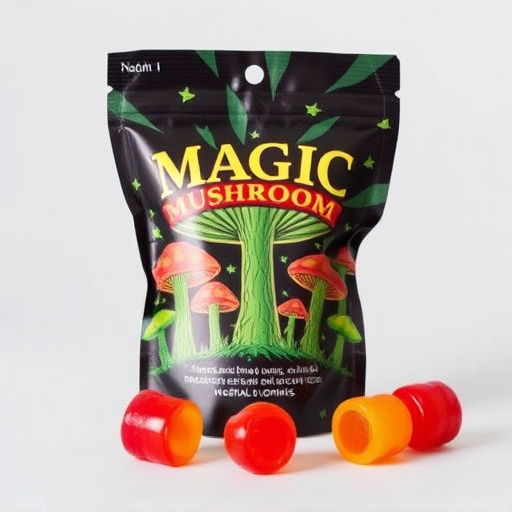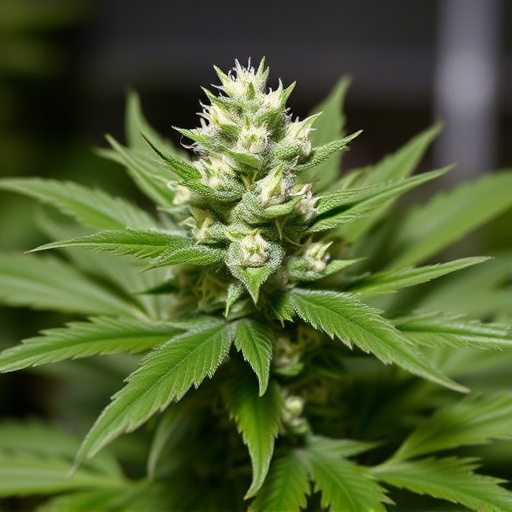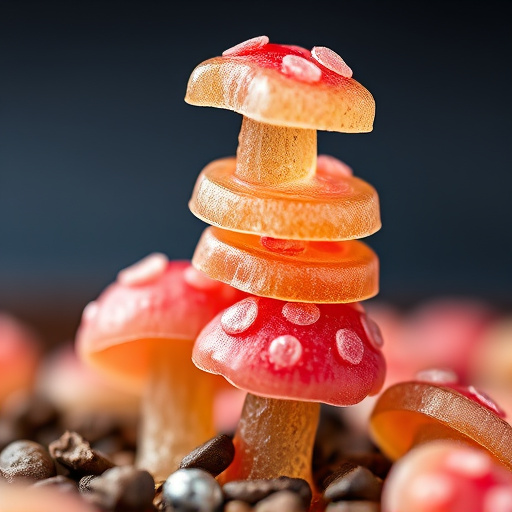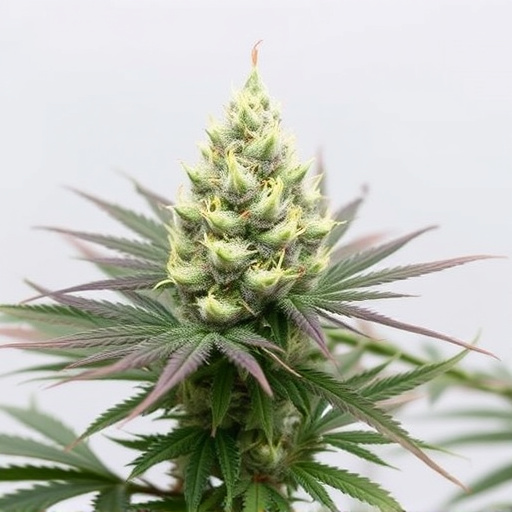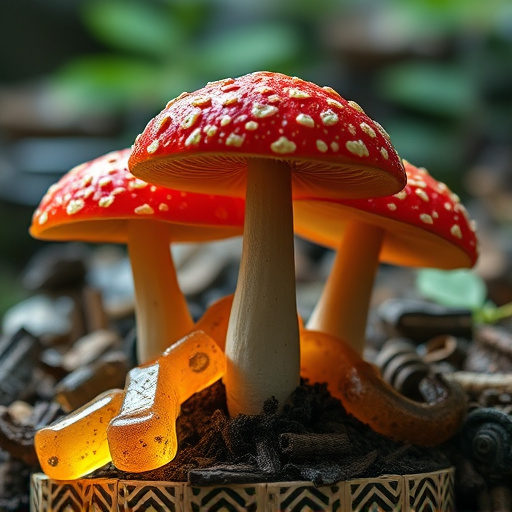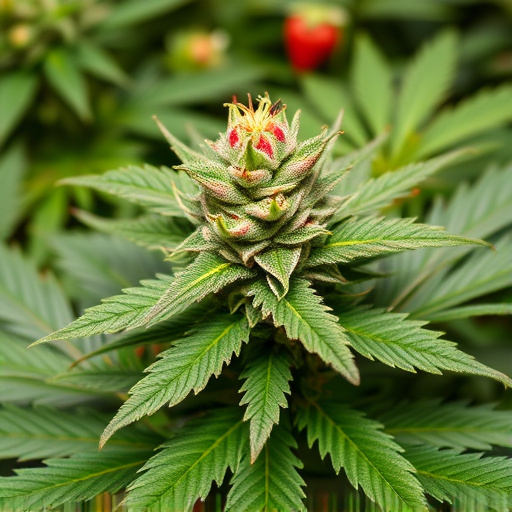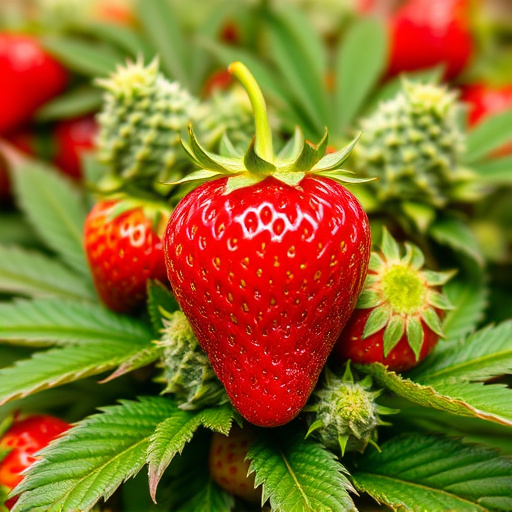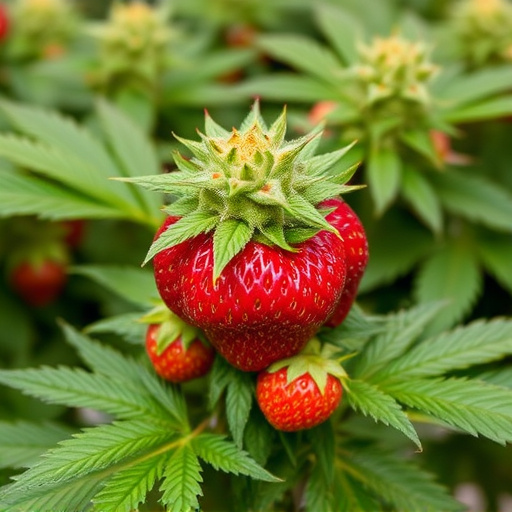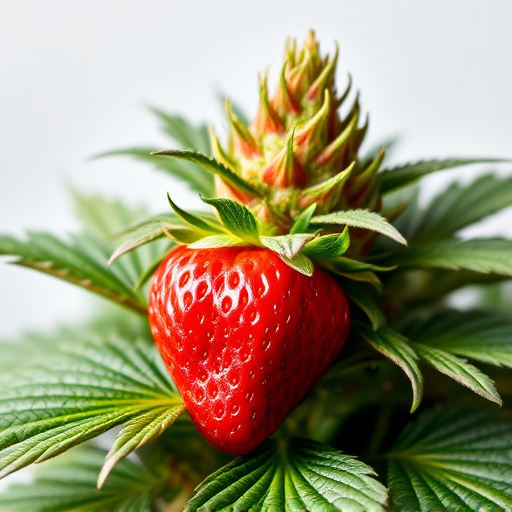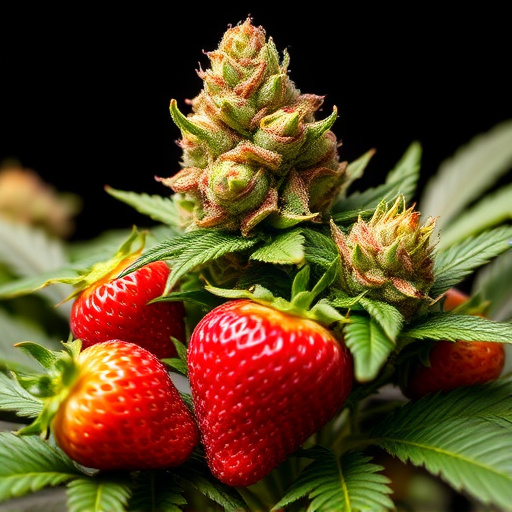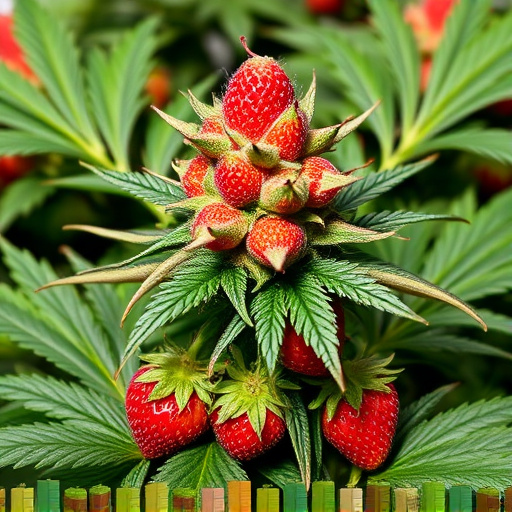Advanced drug testing methods, leveraging gas chromatography-mass spectrometry (GC-MS), have evolved from basic urine analyses to detect even subtle traces of cannabinoids like THC present in strawberry cannabis strains. Widely used in employment screening and athlete evaluations, these tests offer a comprehensive assessment of substance exposure. Strawberry cannabis, known for its high THC levels, is detectable but unique terpenes can interact with THC, potentially reducing its psychoactive effects and lowering detectability. This complexity necessitates continued study to improve the accuracy of drug testing.
Weed, or cannabis, has long been a topic of interest due to its varying legal statuses worldwide. Beyond recreational and medicinal uses, understanding how it shows up in drug tests is crucial. This article delves into three key aspects: exploring the mechanics of drug testing, examining the science behind detecting cannabis in the body, and presenting a unique case study on strawberry cannabis strains. By shedding light on these areas, we aim to provide a comprehensive understanding of this controversial plant’s impact on testing protocols.
- Understanding Drug Tests and Their Scope
- The Science Behind Detecting Cannabis in the Body
- Strawberry Cannabis Strains: A Unique Case Study
Understanding Drug Tests and Their Scope
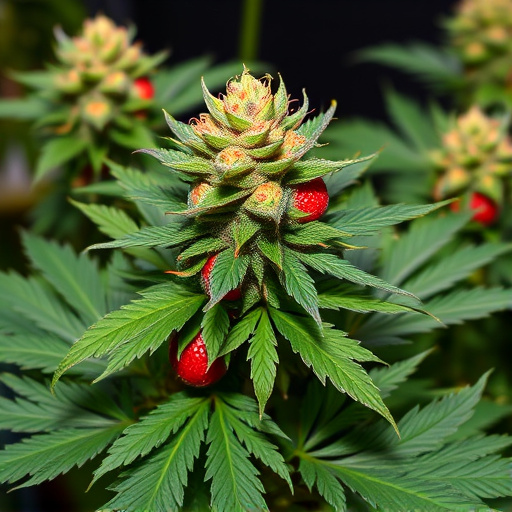
Drug tests are designed to detect the presence of various substances in an individual’s system, offering a quick and convenient way to assess drug use. These tests have evolved significantly over time, from simple urine analyses to more sophisticated methods like blood or saliva samples. Today, they play a crucial role in employment screening, legal proceedings, and athlete performance evaluations, among other settings.
When it comes to identifying substances like strawberry cannabis strains (a popular variety known for its unique flavor and effects), drug tests typically look for specific compounds called cannabinoids. The most well-known cannabinoid is THC (tetrahydrocannabinol), responsible for the psychoactive effects associated with marijuana use. However, modern drug tests can detect a range of other cannabinoids, including those found in strawberry cannabis strains, to provide a more comprehensive picture of an individual’s potential substance exposure.
The Science Behind Detecting Cannabis in the Body
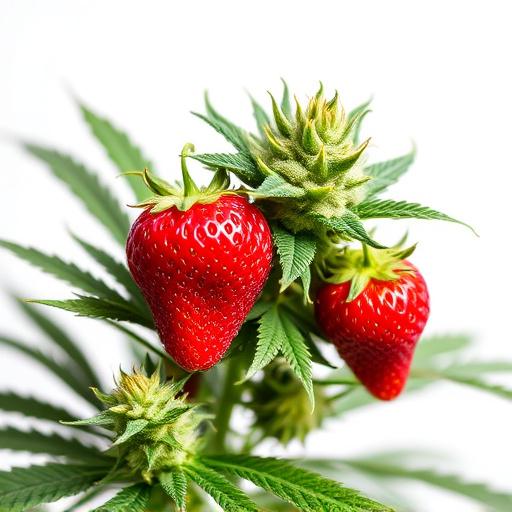
Detecting cannabis in the body involves sophisticated scientific methods that analyze various substances known as cannabinoids, with THC (tetrahydrocannabinol) being the primary compound of interest. When someone consumes strawberry cannabis strains—or any form of marijuana—these cannabinoids enter the bloodstream through the lungs or digestive system. They then circulate throughout the body, crossing the blood-brain barrier to interact with specialized receptors in the central nervous system, leading to the associated psychoactive effects.
The science behind detecting these cannabinoids in drug tests leverages advanced techniques like gas chromatography-mass spectrometry (GC-MS). This technology allows labs to identify and quantify specific compounds, including THC and its metabolites, present in bodily fluids such as urine, blood, or saliva. Given the increasing popularity of cannabis—and the varying strengths and strains, like strawberry cannabis—it’s crucial for drug testing methods to remain accurate and reliable in order to ensure safety, especially in regulated industries and legal contexts.
Strawberry Cannabis Strains: A Unique Case Study
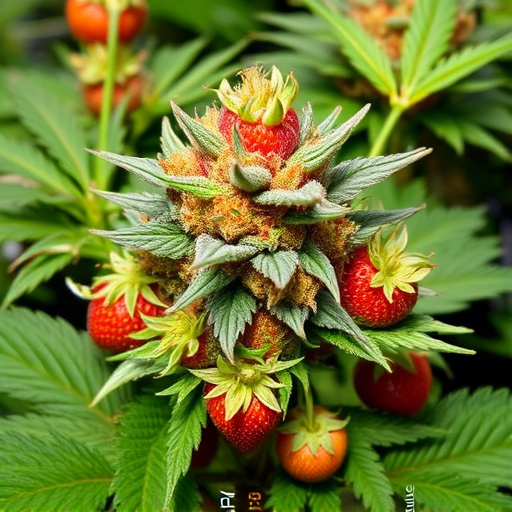
Strawberry Cannabis strains, known for their sweet aroma and fruity flavor, have gained popularity among both medical and recreational users. However, their unique properties also make them a subject of interest when it comes to drug testing. These strains, like any other form of cannabis, contain THC (tetrahydrocannabinol), the compound primarily responsible for the plant’s psychoactive effects. In standard drug tests that detect THC, Strawberry Cannabis can indeed show up as positive due to its high THC content.
Yet, what sets strawberry strains apart is their ability to offer a more nuanced experience compared to other varieties. Research suggests that certain terpenes present in these strains may interact with THC, potentially altering the user’s high and reducing its intensity or duration. This unique interaction could lead to lower detectable levels of THC in some cases, making it a fascinating area of study for both scientists and those interested in navigating drug test results accurately.
Weed, or cannabis, can sometimes appear in drug tests due to its unique compounds that remain in the body long after consumption. The science behind detecting cannabis involves advanced techniques to identify these compounds, even in trace amounts. Notably, strawberry cannabis strains, with their distinct aroma and effects, have been the subject of interest in a case study, shedding light on the potential challenges and nuances of drug testing. Understanding these factors is crucial for both individuals navigating drug-free periods and professionals involved in testing procedures.
